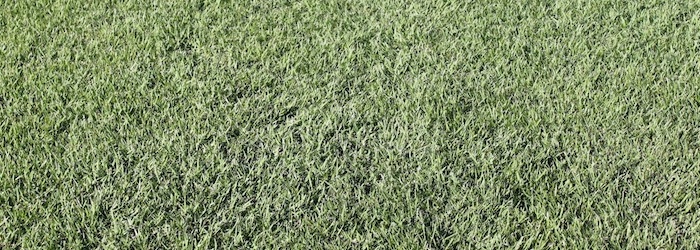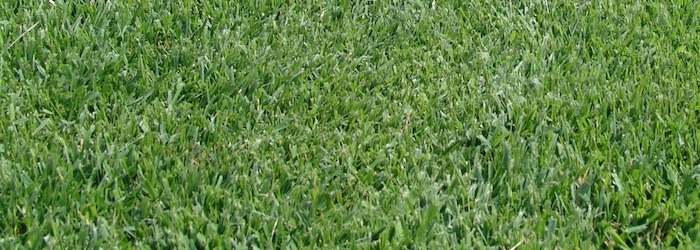Characteristics
- $310 per pallet picked up at the farm (This is a specialty grass that we sell by pre-order only on Tuesdays and Thursdays, one pallet minimum, so please give us a call at least two days prior to pickup)
- Empire is a rich, deep, emerald-colored grass with a massive root system.
- Excellent soft texture and proportion, thriving in harsh tropical climates, yet exhibits a strong cold hardiness, tolerance, and rapid injury recovery.
- Fine, tight blade growth with outstanding Fall color retention and early Spring green-up.
- It has a moderate shade tolerance with a selective resistance to insects and disease.
- Requires less fertilizing, watering, herbicide or fungicide usage, and mowing as compared to St. Augustine or Bermudagrass varieties.
- Easy weed control due to growth habits and high tolerance to most common herbicides.
Maintenance
MOWING
When mowing during the summer, never remove more than 1/3 of the leaf blade at a time. If you remove more than that, you will stress the grass and it may go brown for a short time. Taller blades provide more shade for your roots system to stay cool and retain moisture during the hot summer days. If you are returning from vacation, you may have to mow multiple times to get the grass back to the desired height. Wait about three to five days between each mowing.
WATERING
Do not over water the grass. EMPIRE only needs about one inch of water weekly. Water for longer periods of time, less frequently and in the early morning hours. Take rainfall into consideration.
FERTILIZATION
For optimal results, feed your lawn monthly during the summer season by applying the Lawnifi Summer Box liquid fertilizer program.
WEED CONTROL
Apply post-emergent herbicides as needed to control summer annual and perennial broadleaf weeds. Crabgrass species, goosegrass, dallisgrass, purple and yellow nutsedge, annual sedge and sandbur can be controlled with post-emergent herbicides. If crabgrass and goosegrass are present, make a note to apply a pre-emergent herbicide next spring. Do not apply herbicides during a drought, when grass and weeds are not actively growing or when temperatures exceed 90 degrees. Consider spot treating weeds to avoid burning the grass during hot summer months.
INSECT CONTROL
Check for and control any white grubs. Treat with an insecticide if needed. If you use a granular variety, water the lawn immediately after application to help soil absorption. August is the best time to control grubs because they are small and feeding near the soil surface.
FUNGUS CONTROL
Treat with a fungicide if needed. If you use a granular variety, water the lawn immediately after application to help soil absorption.



